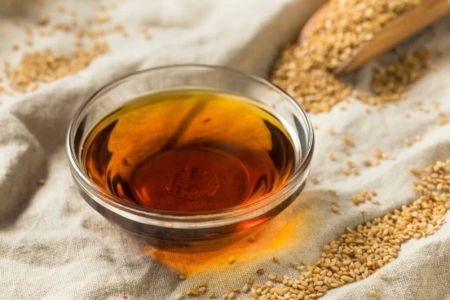Step-by-Step Recipe for Chinese-Style Chicken Curry: A Delicious and Easy Dish
- Gathering Ingredients for Chinese Chicken Curry
- Preparing the Chicken for Curry
- Making the Curry Sauce
- Cooking the Chinese-Style Chicken Curry
- Serving Suggestions and Tips
Gathering Ingredients for Chinese Chicken Curry
To create a flavorful and satisfying Chinese-style chicken curry, you’ll need a selection of fresh ingredients. Let’s break down the main components:
1. Chicken Ingredients
- 1 lb chicken breasts or thighs, cut into bite-sized pieces
- 2 tablespoons soy sauce
- 1 tablespoon cornstarch
- 1 tablespoon rice wine
2. Vegetables and Aromatics
- 1 large onion, sliced
- 2 cloves garlic, minced
- 1 bell pepper, sliced
- 1 carrot, sliced thinly
3. Curry Sauce Ingredients
- 1 tablespoon curry powder
- 1 tablespoon soy sauce
- 1 tablespoon oyster sauce
- 1 cup chicken broth
- 1/2 cup coconut milk (optional for creaminess)
- 1 teaspoon sugar
- 1 tablespoon sesame oil
- 1 teaspoon ginger, minced (optional for extra spice)
Preparing the Chicken for Curry
The key to a great chicken curry is tender, flavorful chicken. Here's how you prepare the chicken for the dish:
1. Slice the Chicken
Slice the chicken breasts or thighs into bite-sized pieces. This allows the chicken to cook evenly and absorb the flavors of the curry sauce.
2. Marinate the Chicken
In a bowl, combine the chicken with 2 tablespoons of soy sauce, 1 tablespoon of cornstarch, and 1 tablespoon of rice wine. Allow the chicken to marinate for 15-20 minutes. This step ensures the chicken remains tender and flavorful while cooking.
Making the Curry Sauce
The sauce is where all the magic happens in this Chinese-style chicken curry. Here’s how you create it:
1. Combine the Sauces and Seasonings
In a small bowl, mix together the curry powder, soy sauce, oyster sauce, sugar, and sesame oil. Stir well to combine. This will form the base of your curry sauce.
2. Add the Liquids
In a separate bowl, combine the chicken broth and coconut milk. The coconut milk adds richness and depth to the curry, but it’s optional if you prefer a lighter sauce. Add this liquid mixture to the seasoning bowl and stir to combine.
Cooking the Chinese-Style Chicken Curry
Now that you’ve prepared all the components, it’s time to cook the curry:
1. Cook the Chicken
Heat a large skillet or wok over medium-high heat and add a bit of oil. Once hot, add the marinated chicken and cook for 4-5 minutes until it’s browned and cooked through. Remove the chicken from the skillet and set it aside.
2. Stir-Fry the Vegetables
In the same skillet, add a little more oil and toss in the sliced onions, garlic, bell pepper, and carrots. Stir-fry for 3-4 minutes until the vegetables are softened but still retain some crunch.
3. Combine Everything
Return the chicken to the skillet with the vegetables. Pour the prepared curry sauce over the chicken and vegetables, stirring to coat everything evenly. Allow the curry to simmer for another 5-7 minutes, allowing the flavors to meld together and the sauce to thicken slightly.
Serving Suggestions and Tips
Your Chinese-style chicken curry is now ready to serve! Here are some suggestions for how to enjoy it:
1. Serve with Rice
For a complete meal, serve the curry over a bed of steamed jasmine rice. The rice will absorb the rich sauce, making each bite extra flavorful.
2. Add Fresh Herbs
Top your curry with some fresh cilantro or green onions to add brightness and a burst of freshness to the dish.
3. Adjust Spice Levels
If you like your curry with a bit of heat, feel free to add some chili flakes or chili paste while cooking the curry sauce. Adjust to your taste preference.
Now that you’ve learned the step-by-step recipe for Chinese-style chicken curry, it’s time to try making it at home! For more delicious Chinese recipes and kitchen essentials, visit Chinese Food and discover all the ingredients and tools you need to enhance your cooking experience.


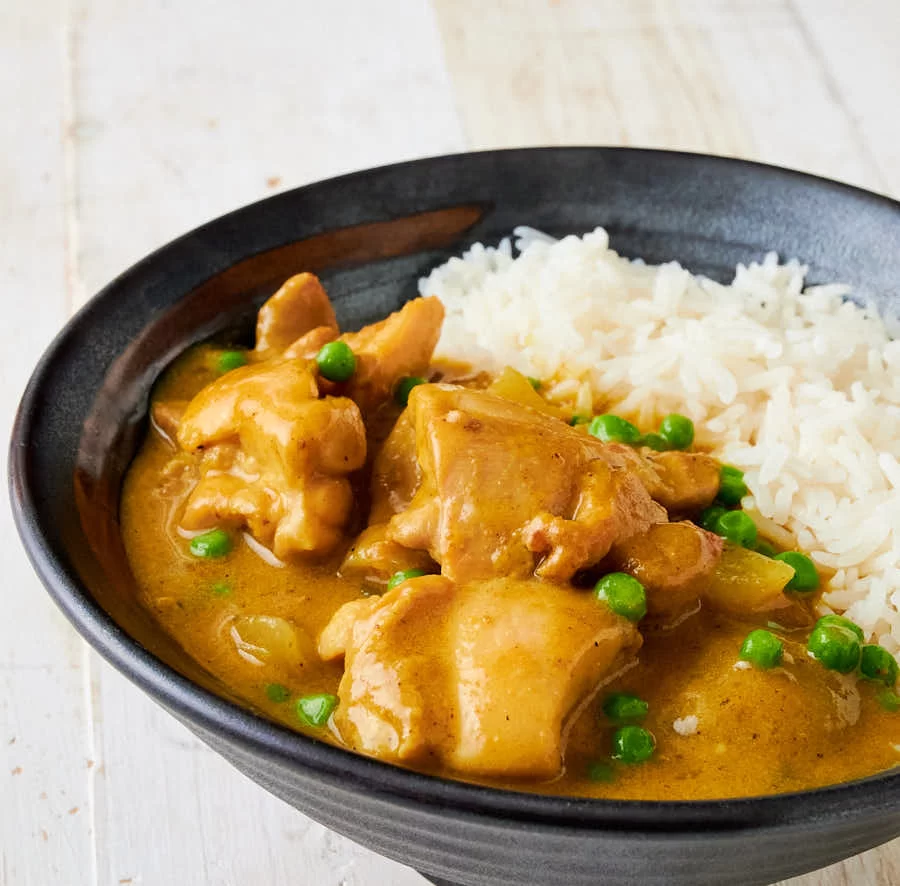
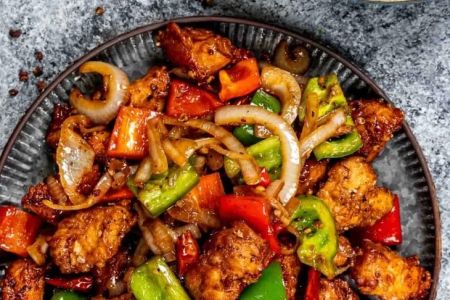
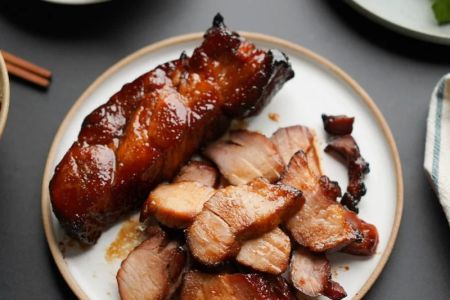
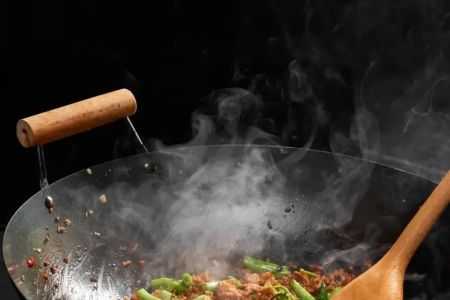
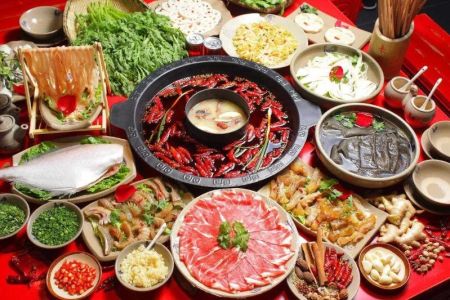
![Top Chinese Restaurants for Authentic Cantonese Cuisine in [Your City]](https://img.gochinarose.com/d33/2507/4157910400_450x300.webp)
